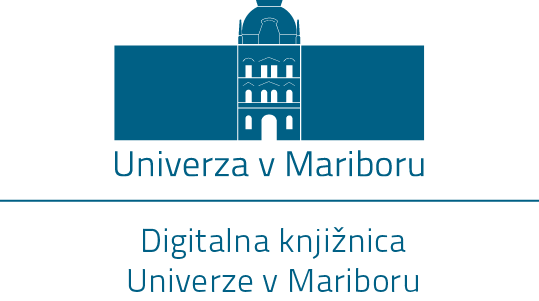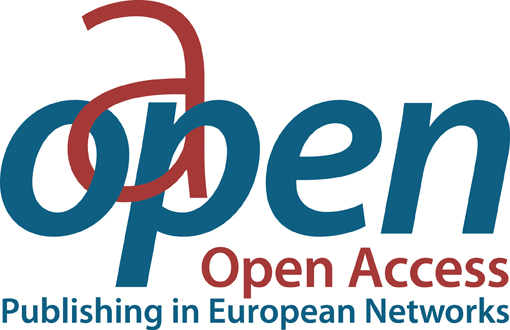Kako distribuirati produkte? O optimalni in trajnostni distribucijski strategiji
Kratka vsebina
Distribucija v okviru logističnih procesov obsega niz operacij in postopkov, ki omogočajo dostavo blaga od faze ustvarjanja in izdelave vse do končne uporabe na strani potrošnika. V te procese so vključene dejavnosti, kot so: prevoz, skladiščenje, upravljanje zalog, analiza lokacij in obdelava informacij. Osrednji namen distribucijske logistike je zagotoviti, da izdelki brezhibno in učinkovito prispejo do potrošnikov. Pri tem transport igra vlogo prenašalca blaga, kar pomeni, da je odločitev o modaliteti transporta pomemben segment zastavljanja ustrezne distribucijske strategije. Poleg tega na izbor vplivajo še dejavniki, kot so: značilnosti in vrsta blaga, konkurenčni dejavniki, zahteve po kompleksnosti samih distribucijskih kanalov in podobno. Glavne odločitve so tako dolžina distribucijskih kanalov, uporaba neposredne ali posredne oblike distribucije, vrste in tipi kanalov ponujanja in distribucije blaga do končnih potrošnikov ter obseg zunanjega izvajanja. Ključni cilji vzpostavitve distribucijskih kanalov vključujejo zagotavljanje prave prisotnosti izdelkov na trgu, povečanje prodajnih možnosti s strategijami pozicioniranja in promocijami ter učinkovito sodelovanje pri določanju vplivov na operativno izvedbo distribucije. Prav tako je pomembno vzdrževanje visoke kakovosti storitev in zmanjševanje logističnih stroškov. Ne nazadnje je ključno tudi zagotavljanje učinkovitega pretoka informacij za optimalno upravljanje distribucijskega sistema.
Prenosi
Strani
Izdano
Kategorije
Licenca

To delo je licencirano pod Creative Commons Priznanje avtorstva-Nekomercialno-Brez predelav 4.0 mednarodno licenco.






